You can travel anywhere in Japan and come across souvenir shops, museum gift stores, and shops selling all sorts of traditional Japanese wares. Before indulging in any souvenirs, it’s best to know what you’ll be allowed to bring home with you, especially when it comes to swords or weaponry.
Katanas and samurai swords have historical significance in Japan, so it makes sense to want to bring one home to display in commemoration of your trip.
You want to be sure that you buy one of these items from a reputable seller and know how to transport it before buying.

What Is A Katana?
A katana is a Japanese sword that was once commonly used by samurai. It can be distinguished from other types of blades and swords by its very long, curved blade. The blade has a handguard that is meant to be held by both hands.
The edge of the blade is only sharp on one side. While the blade is extremely sharp and thus, made an effective weapon when it was used as one, it was typically only used when the samurai were engaging in close combat.
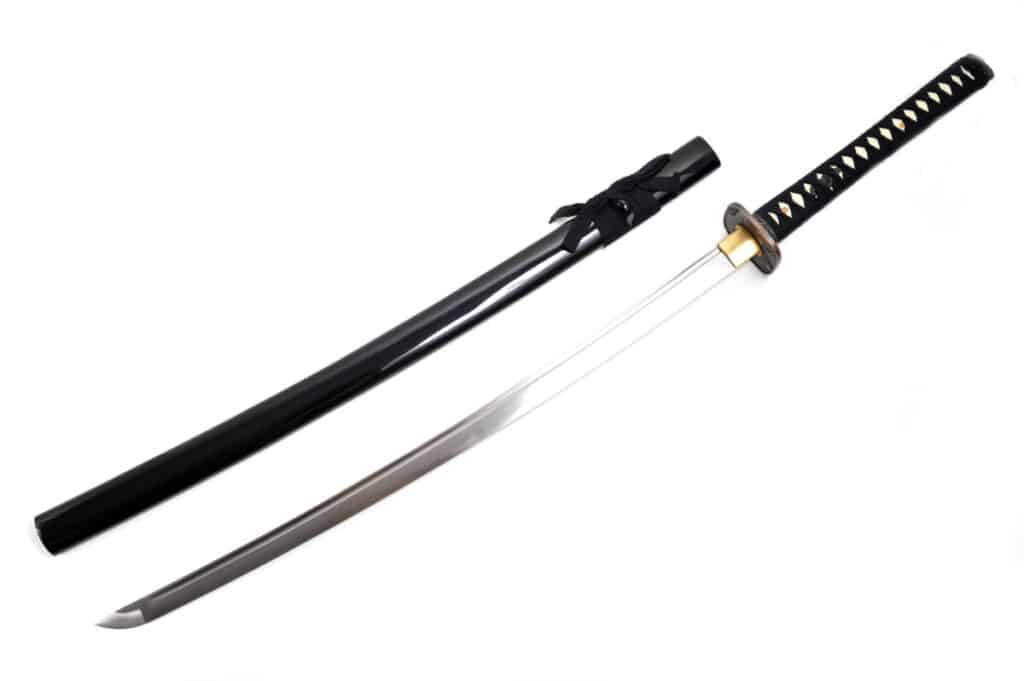
What Is A Samurai Sword?
A samurai sword is a pretty general term, considering that samurai used different types of swords throughout the centuries they were in existence. A katana is only one type of sword that a samurai could be found with.
Other types of swords that samurai were known for include nodachi, tanto, tachi, and wakizashi. These swords ranged in size, length, and type of blade, and they had different uses for different types of combat situations.
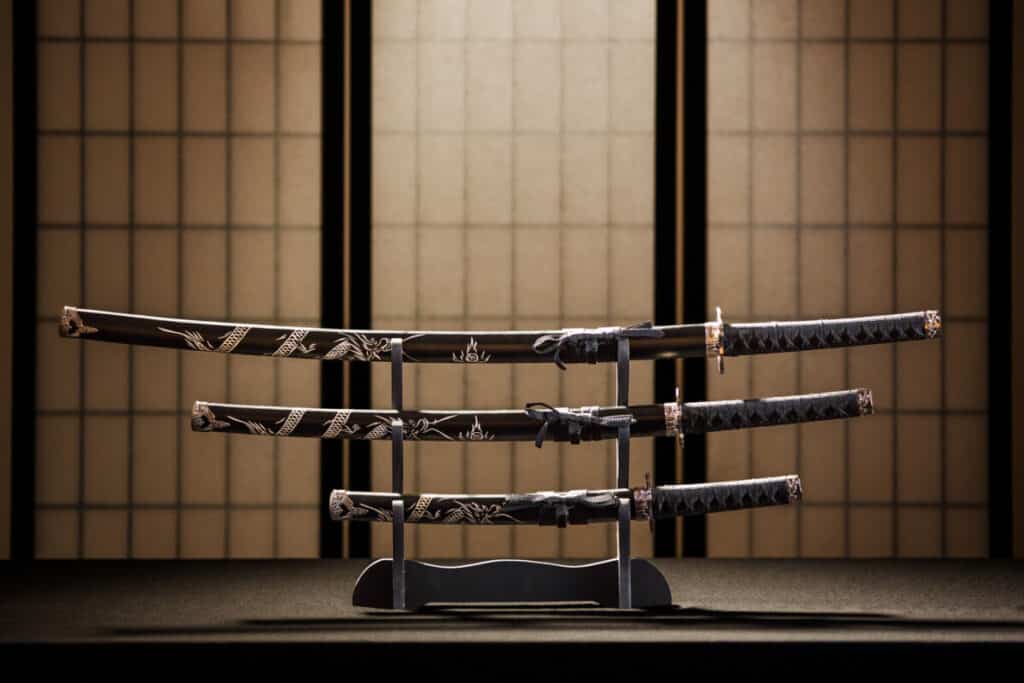
How Difficult Is It To Find Swords Or Katanas In Japan?
Japan has some very strict laws regarding the possession or carrying of weapons of any kind for its citizens. This includes samurai swords and katanas, even if they are replicas.
This law is called the Japanese Firearm And Sword Possession Control Law, and it has helped Japan cut down on violent crime tremendously.
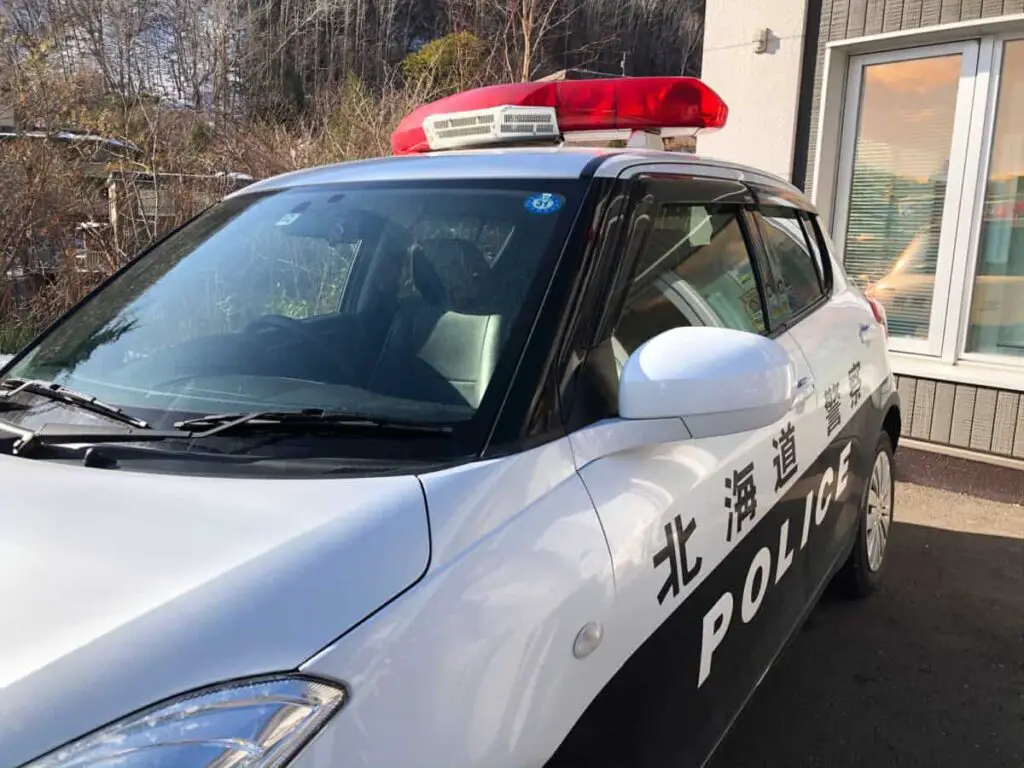
That being said, these swords are an item that tourists tend to gravitate towards, especially those enthused by Japanese history.
It’s best to do your research before purchasing a sword from a particular sword dealer in Japan, just to ensure they have the right export licenses to sell, and to ensure you’re not purchasing an item you can’t take back home.
Consider looking for a shop or an antique dealer who specializes in antique Japanese weaponry, and be sure to ask lots of questions.
Torokusho
Any katana or samurai sword that you are hoping to purchase and bring home must have a torokusho. This is a license issued by the Education Board at a Toroku-shinsa-kaijo 登録審査会場 in Japan.
This can be a timely process, but it’s the only way you’ll be able to legally bring a sword or katana home.
In order to get a license approved as quickly as possible, you want to be sure that your sword or katana is an authentic Japanese sword or a nihonto.
It also can’t be considered memorabilia that has some type of designation, such as considered as a national treasure, or you won’t be able to leave the country with it.
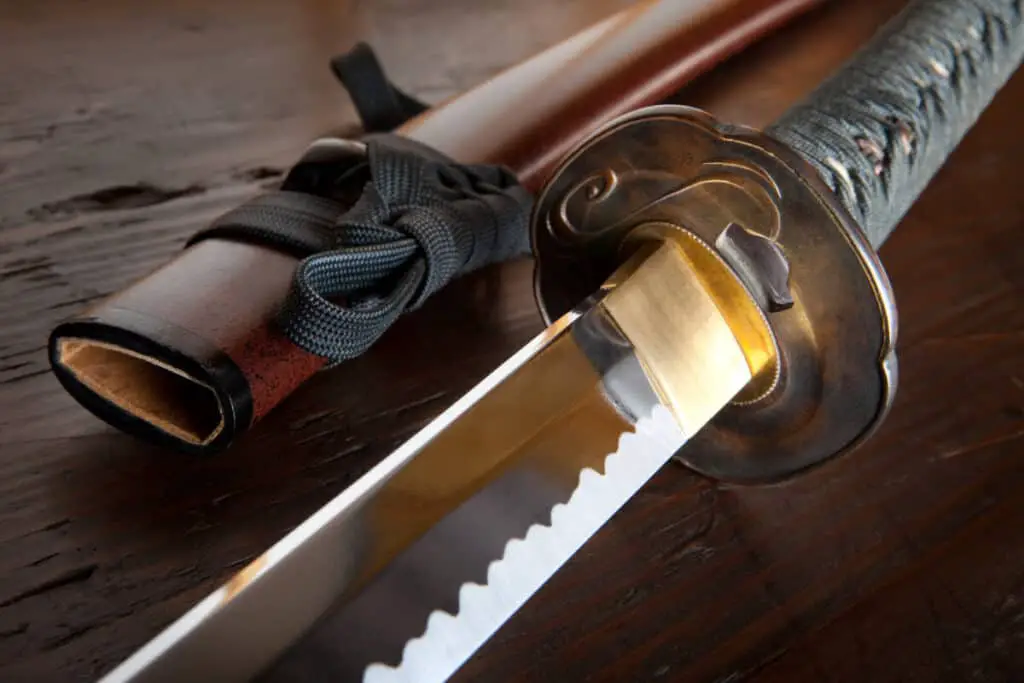
There are also certain types of swords or katanas that are and are not allowed to be taken outside of the country. You are able to purchase an antique blade, though it could be a rare thing to stumble upon, as long as it is not from the World War II era.
Alternatively, you can purchase a new sword or katana, but the person who sells it to you must be someone with proper licensing from the Bunka-cho, or the Agency for Cultural Affairs.
Are There Any Situations Where I Don’t Need A Torokusho?
There are only a couple of instances where you’ll be able to take home weaponry of any sort from Japan without getting a proper license.
The first is if you are simply buying parts, such as a mount, stand, or blade guard to bring home. Since a part alone cannot be used as a weapon, you don’t need a torokusho.
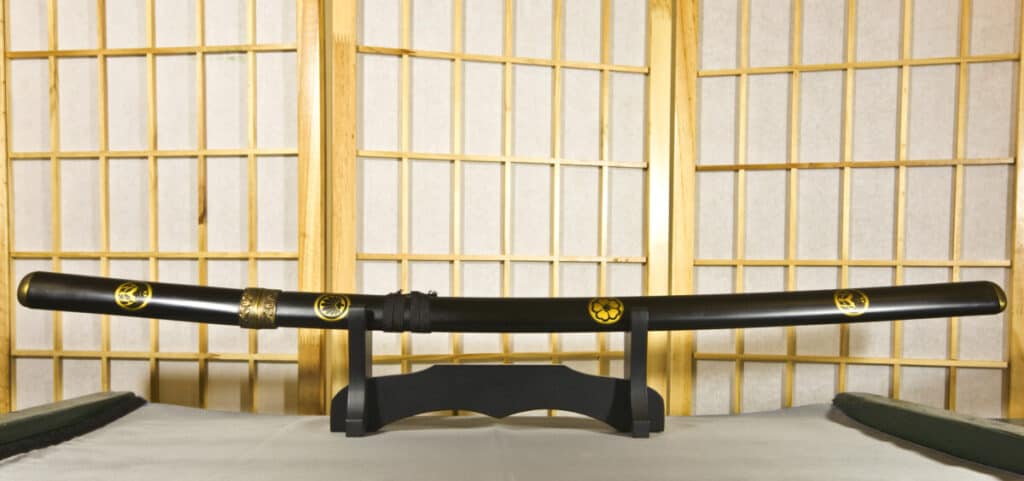
You can also purchase a training sword and bring it home. These swords aren’t made with sharp blades, as they are used to practice the art of using a sword.
That being said, you will most likely be questioned at the airport regarding why exactly you have it.
How Will I Know I Can Bring My Katana Or Samurai Sword Home?
If you are purchasing a katana or samurai sword at a shop, be sure to ask the person working there whether or not you will have any issues bringing the item out of the country.
This is crucial because some of these swords are not allowed to leave Japan. This could be because of historical significance.
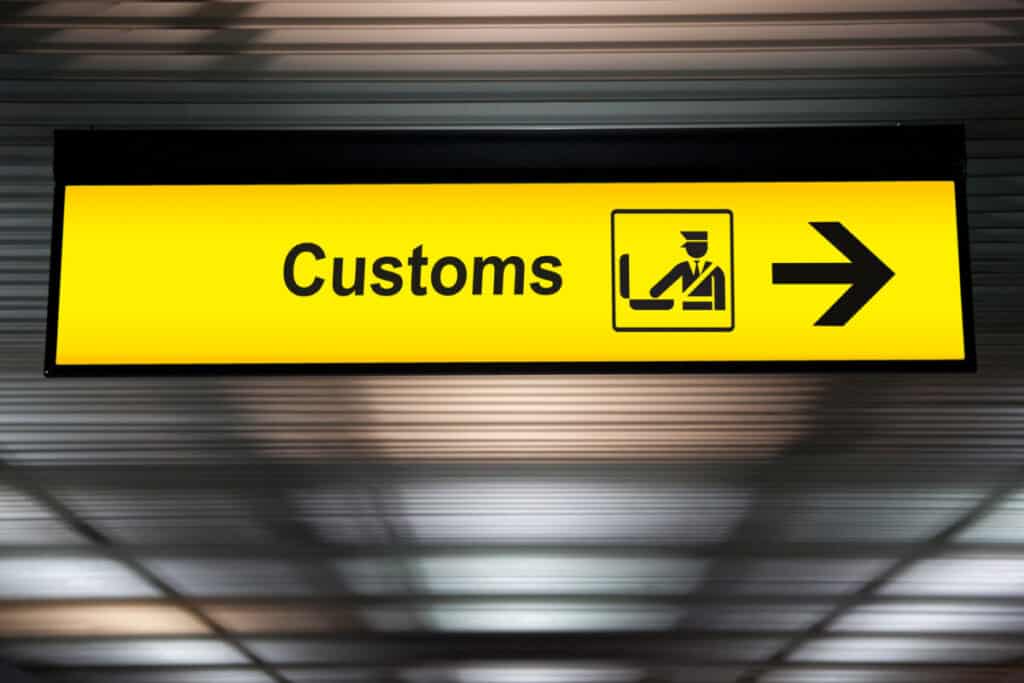
If there are no issues with you bringing the sword or katana outside of Japan, you should be issued paperwork to bring with you to show customs when traveling home.
It would also be wise to research what your country allows you to bring home from other countries before you plan on purchasing weaponry, to make sure you don’t extend all the effort and finances to bring your sword or katana home only for it to be rejected by customs at the airport.
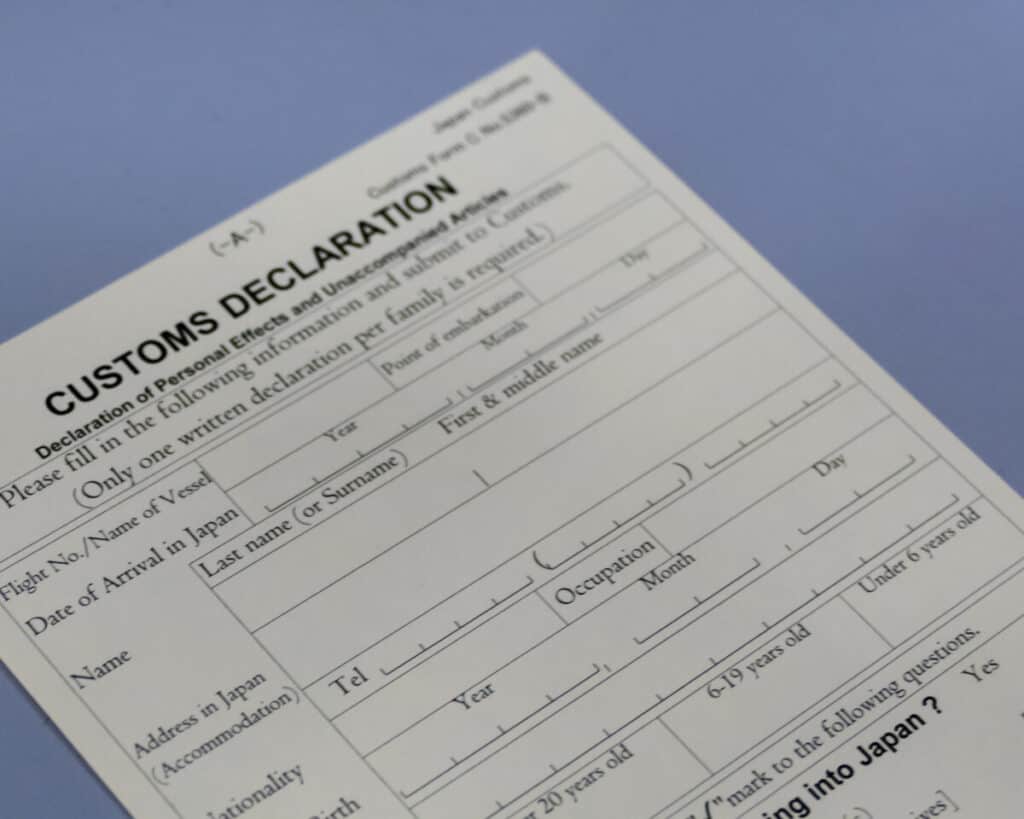
Taking Your Katana Or Sword Home
Once you have your license for your new sword or katana, you will then have to get an export permit. This can be sought out at the Agency for Cultural Affairs.
The permit does not stay valid for very long when it’s accepted, so you want to be prepared by knowing how to ship it properly and get it through customs without any issues.
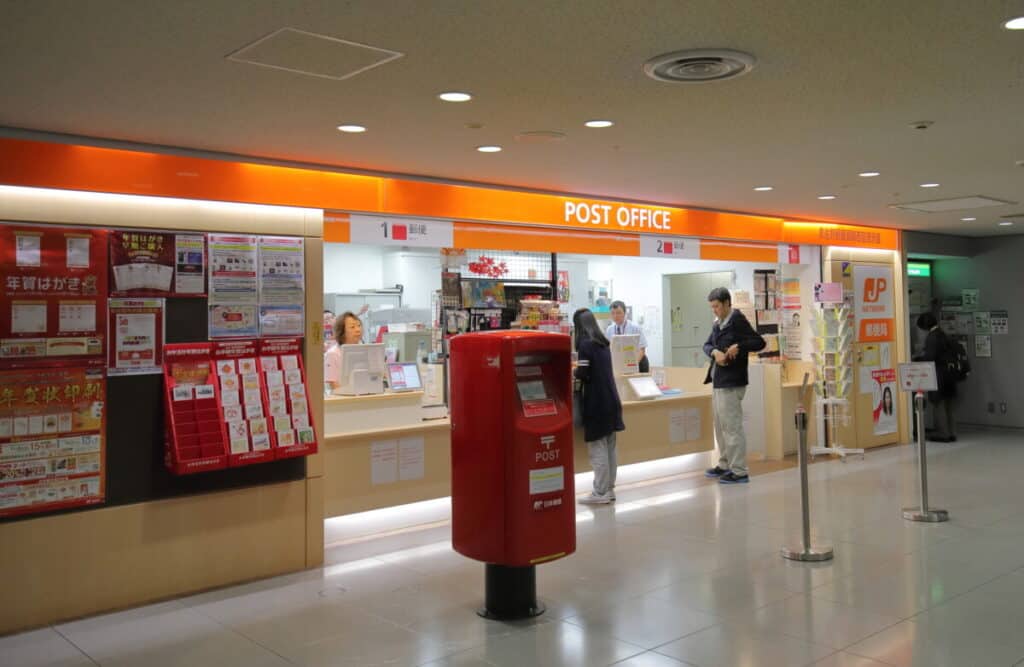
What If I’m Making A Quick Trip To Japan?
It’s not recommended to purchase a katana or samurai sword on a whim when visiting Japan, especially if you don’t have at least a month to get all the paperwork in order.
You should plan ahead of time as best as you can if you have any interest in buying a Katana from Japan when you’re visiting.
If you don’t do your research, you could end up spending a lot of money on something you’ll have to just surrender at the airport.










